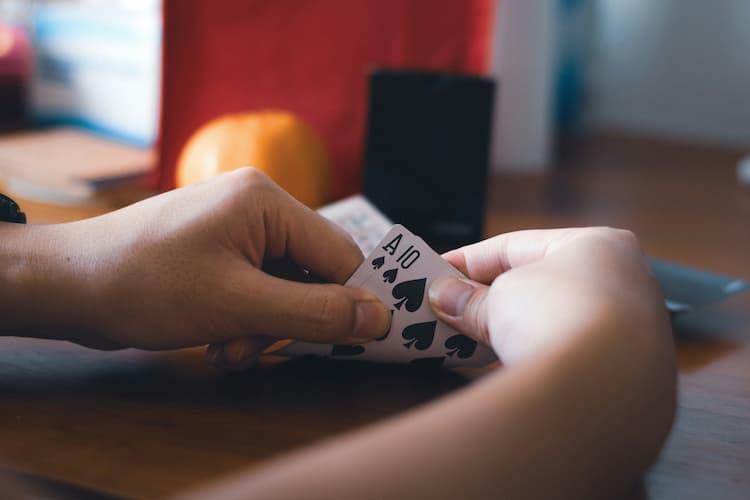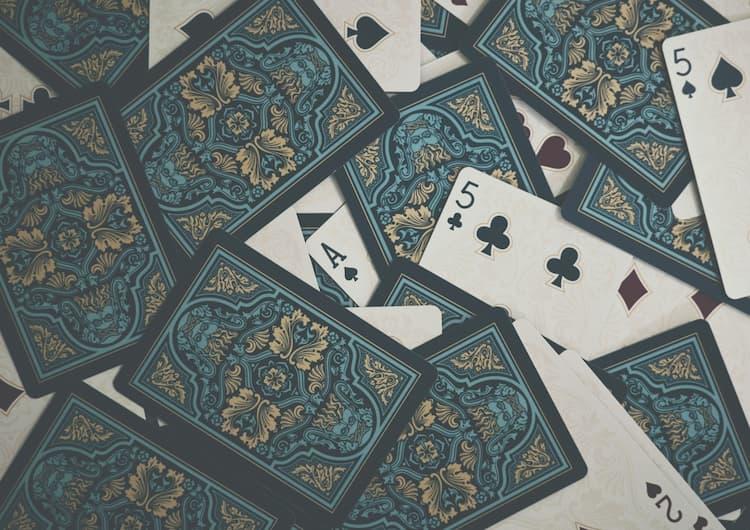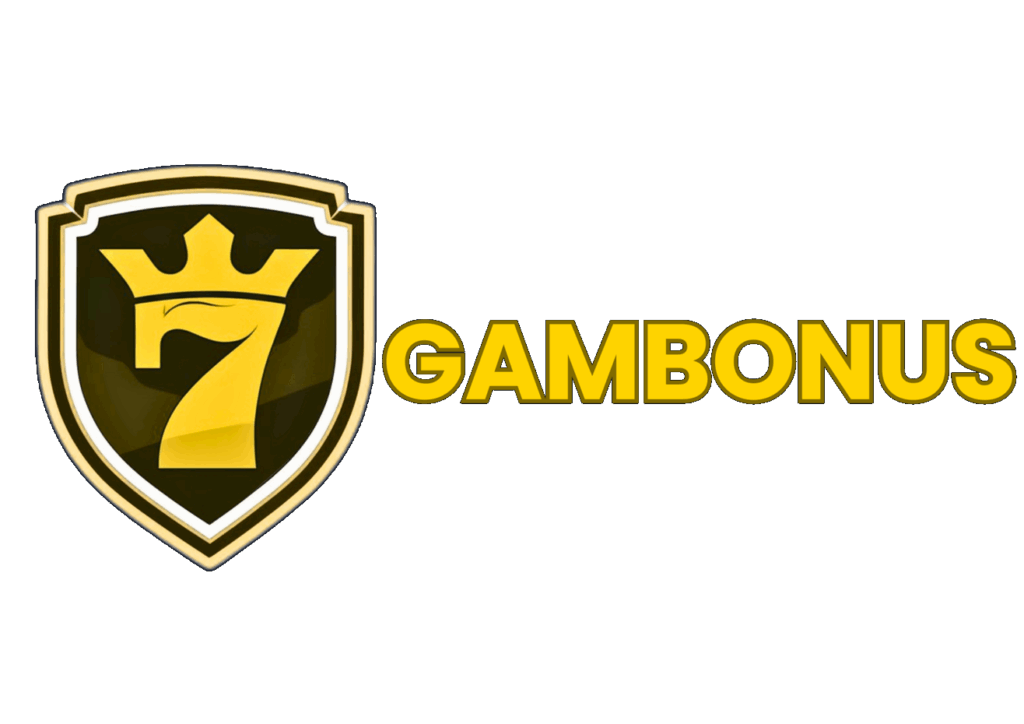
Photo by Sam Tan courtesy of Unsplash
Tracing the Roots of Blackjack
The origin of Blackjack has been a highly debated topic over the years and still remains so to date. However, the consensus of opinion is that it was most likely in France during the 18th century. It was called ‘Vingt-et-Un’, which, in French, means twenty-one. The majority of people think that it evolved from two other French card games that were fashionable around that era, namely Chemin de Fer and French Ferme.
Eventually, ‘Vingt-et-Un’ arrived in North America courtesy of French colonists and once there, it slowly began to spread across the continent. Back then, the rules were different to those in force today. Only the dealer was permitted to double, and wagering was allowed between individual cards being dealt.
But even back then, the worst card in Blackjack in terms of the first card to be dealt was a five.
When the State of Nevada legalised gambling in 1931, this forerunner was still known as ‘Vingt-et-Un’ or 21, as it started being called by the non-French. Some casinos began offering a special bet: Any hand featuring either of two black jacks (the Jack of Spades and Clubs) together with the Ace of Spades paid odds of 10-to-1 on the hand holder’s bet. This odd payout was later discontinued, but the rechristening of the game to ‘blackjack’ lingered on.
The evolution of the game continues today, thanks in the main to the internet and the growing popularity of online casinos. Now, there are dozens of different variations in both video and live dealer blackjack. The worst cards in Blackjack still remain the worst, and we’ll come onto those in a moment.
The overall goal remains the same. Try to construct a hand as close to 21 as possible without going bust. If you get 21 with a ten or a picture card plus an ace, that is Blackjack (even though the Jacks might be red), and it is the ultimate winner, unless the dealer also has Blackjack, in which case the game is drawn
The Worst Card in Blackjack to Be Dealt First

Image by Nipun Haldar courtesy of Unsplash
If the dealer deals you a 5 as your first card, you’re up against it. As your opener, it’s the worst card in Blackjack because it’s the card with the least favourable outcomes. If you get a 6 as your first card, you might get another and can split them, but if you get another 5, splitting is not such a good idea. Using them as a foundation going forward is a much better option. However, if your second card is another 5, that’s useful because you can double down on your hard 10, unless the dealer happens to have a 10 or an Ace.
Hard and Soft Hands
If you’re new to this card game and its strategies, and you’re learning about the best and worst cards in Blackjack, you’ll come across hands being described as hard or soft, and you need to understand what these expressions mean.
- Hard hand: A hard hand is one that does not contain an Ace, or if it does, the Ace is used to count as 1, not 11. For example, a hand worth 16 that comprises a 10 and a 6, or 10 plus Ace, plus 3, plus 2, would both be considered hard hands.
- Soft hand: A soft hand is one that does contain an Ace, and it counts as 11. Examples include Ace plus 6, which gives a soft hand total of 17, and Ace plus 7, which gives a soft hand total of 18.
Strategy-wise, knowing the difference between hard and soft hands is important because you should play a hard 17 (10 + 7) in a different way to how you should play a soft 17 (Ace + 6)
The Worst Hand in Blackjack
Experienced blackjack players will all agree that the worst hand in Blackjack is a hard 16. (Now you see why it’s important to understand the difference between hard and soft hands.) The reason it’s considered a hard hand is because of the increased risk of busting.
Should you opt to hit (take another card) and you are dealt a 6 or more, you’re out of the game. Sticking, on the other hand, makes your score of 16 relatively easy for the dealer to beat, especially if their up-card is a 7 or higher.
Other Weak Hands in Blackjack
A hard 15 versus the dealer’s 10 is slightly better than a hard 16, but it still poses a problem. Given this scenario, the loss likelihood is around 75% to 78%. The best strategy is to bet against what would be considered strong dealer cards, specifically those with a value of 7 or higher. You can risk standing if the dealer’s cards are weak (between 2 and 6). But if the dealer does have a 10, your best bet is to fold.
A soft 17 (Ace + 6) is also among the worst cards in Blackjack because, although it appears flexible, it’s also potentially weak. Yes, the Ace gives you the flexibility, but you frequently find that it is not quite strong enough to stand on. The probability of losing such a hand is between 58% and 60%, depending on the dealer’s card that’s showing.
Another potentially awkward scenario is when you have a hand with a low total, and it doesn’t include an Ace. These types of hands need additional cards in order to reach a more competitive total, but of course, taking additional cards increases the risk of going bust.
The Worst Cards to Split in Blackjack
Splitting a pair of like cards is a strategic move that enables you to turn one hand into two, and the best cards to split are Aces and 10s. Whether it’s 10s or Aces you split, it will double your chances of ending up with a good score and possibly even ending up with Blackjack. However, you might want to think twice about splitting 10s. It depends on how bullish you feel, but left together as a pair, they total 20, which is a pretty solid score.
Other good cards to consider splitting are 8s. Kept together, a pair of 8s gives you a score of 16, one of the weakest totals, but when you split them, you improve your chances of adding to them and ending up with a more competitive hand, or even two.
But some cards are considered to be the worst cards to split in Blackjack, and it’s important to know which ones they are. But before this topic, you need to be aware of the rules of the particular blackjack variant you are playing.
The Importance of Checking the Rules
The rules of splitting are not universal across all variants. They can change depending on which variant you are playing. While most will allow you to split any pair of identical value cards (including picture cards), some game options will only permit you to split Aces. Other rules can change too, so always check them before deciding which variant you’re going to play.
Now, back to the topic of the worst cards in Blackjack to consider splitting.
Avoid splitting 5s. The best you can achieve after splitting when you receive your next card is 16, if that card is an Ace, or 10 if it’s a 10-value card. Whichever way you look at it, 15 or 16 is still a weak hand. In this instance, the odds of getting a decent hand score by keeping them together are better than the odds of splitting, as splitting increases the chances of being dealt more low cards, thereby decreasing the potential value.
We’ve already mentioned the fact that keeping two 10s together rather than splitting them gives you a hand score of 20, which is pretty good. While there is always a chance you might get Aces dealt to you, there are far more lower-value cards in the pack than high, so the odds are that you will decrease the value by splitting.
The next worst cards to split in Blackjack are 4s and 6s. Remember that we are talking broad strategy now. Splitting 4s and 6s is a poor strategy, as potentially you’ll be creating weaker hands that have a higher chance of busting when a third card is dealt.
Also, bear in mind that while keeping them together won’t guarantee a winning score, it can improve the initial value of the hand.
How to Refine Your Blackjack Splitting Strategy
Here are a few good tips that will help you to refine your strategy when it comes to splitting, whether you’ve got the worst card in Blackjack or not.
- Think about the dealer’s upcard. It could and should influence what you do next. If the dealer’s upcard is weak (2 to 6) and you’ve got a pair of Aces or 8s, splitting them is probably a wise move. However, if the dealer’s upcard is too strong (7 through to Ace), it’s probably best not to split.
- Be sure to manage your bankroll. Splitting works both ways. On the one hand, it could increase the possibility of winning, but on the other, it can also mean bigger losses. It’s best to set a budget and take the most appropriate action, depending on how your bankroll is faring and what mood you are in.
- Strategies should be flexible to take different game variation rules into account. For example, some games will allow the re-splitting of pairs. Having some leeway built into your strategy for these and other game rules variations is advisable.
The Worst Card for a Dealer in Blackjack
Having talked about the best and worst cards for the players, what about the dealers, you might ask? Well, of course, what is good for the goose is also good for the gander, and the opposite is also true, so it stands to reason that the worst card in Blackjack for the dealer is the same as that for the player.
The rules for players and dealers are, however, different, so this might affect your thinking. For example:
- Whereas a player can usually stand on any score, the dealer can only stand when their hand totals 17 or more.
- Dealers cannot split pairs.
But regardless of whether you have the best or worst hand in Blackjack compared to the dealer, in the long run, the House usually wins. Even if you become an expert card counter, it’s hard to beat the House all the time, and if we’re talking about playing video blackjack at online casinos, it’s next to impossible. The reason is that online casinos use automatic shuffling software, so the cards get thoroughly shuffled after every single round.
Choose Blackjack Games with Low House Edges
But when it comes to House Edge, Blackjack has the lowest of most gambling games – anywhere from 2% down as low as 0.5%. These edges change depending on the game variant you’re playing, so even if you start with the worst card in Blackjack, persevere. Even when you get the worst hand in Blackjack, just fold and see what the next deal holds.
You can improve your odds by choosing to play the right game variant. Take a look at the table below.
| Variant | Payout | House Edge |
| European Blackjack | 3:2 | 0.39% |
| Live Dealer Blackjack | 3:2 | 0.49% to 0.72% |
| Video Blackjack | 3:2 | 0.5% to 2% |
| Blackjack Switch | 1:1 | 0.58% |
| American Blackjack | 3:2 | 0.61% |
| Face Up 21 | 1:1 | 0.85% |
| Free Bet Blackjack | 3:2 | 1% |
You’ll notice that the Edge is always with the House, even when that Edge is as low as 0.2%. You’ll enjoy gambling more if you make peace with the fact that in the end, the House always wins. But if you gamble regularly, you’re sure to win from time to time and from session to session. Just not all the time. The most important thing of all is to gamble responsibly and have fun.



